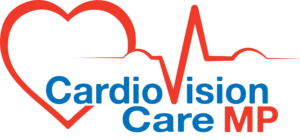Company Overview
U.S. hospital emergency rooms see approximately 23 million patients annually who present with heart disease symptoms, including more than 7 million who report chest pain. The challenge for hospitals is to more rapidly, accurately, and objectively determine whether a patient with these symptoms should be admitted for treatment or discharged.
Making the issue even more complex, hospitals are faced with a “perfect storm” of higher costs and decreasing revenues, driven by lower reimbursements and admissions. Much of this can be attributed to increased scrutiny by Medicare, particularly the Recovery Audit Contractor (RAC) program of the Centers for Medicare and Medicaid Services, which investigates hospital reimbursements for potential fee claw-back opportunities.

Hospitals have long recognized the tremendous need for a faster and more accurate diagnostic tool designed for critical coronary artery disease detection. Short of performing an angiogram on every patient, emergency rooms are not equipped with many useful tools to diagnose these patients. Patients with life-threatening etiologies for chest pain may appear deceptively well, manifesting neither vital signs nor physical examination abnormalities. As a result, many patients are held unnecessarily for observation, with other patients sent home only to suffer an acute MI shortly thereafter. This creates a significant quandary for the ER regarding how to manage heart disease diagnostic uncertainty.
Emergency Departments include the MCG technology with each hospital’s process, protocols, and culture as they work with their cardiac patients. The technology has successfully obtained FDA 510K clearance, undergone multiple clinical trials, and obtained an AMA CPT code.
